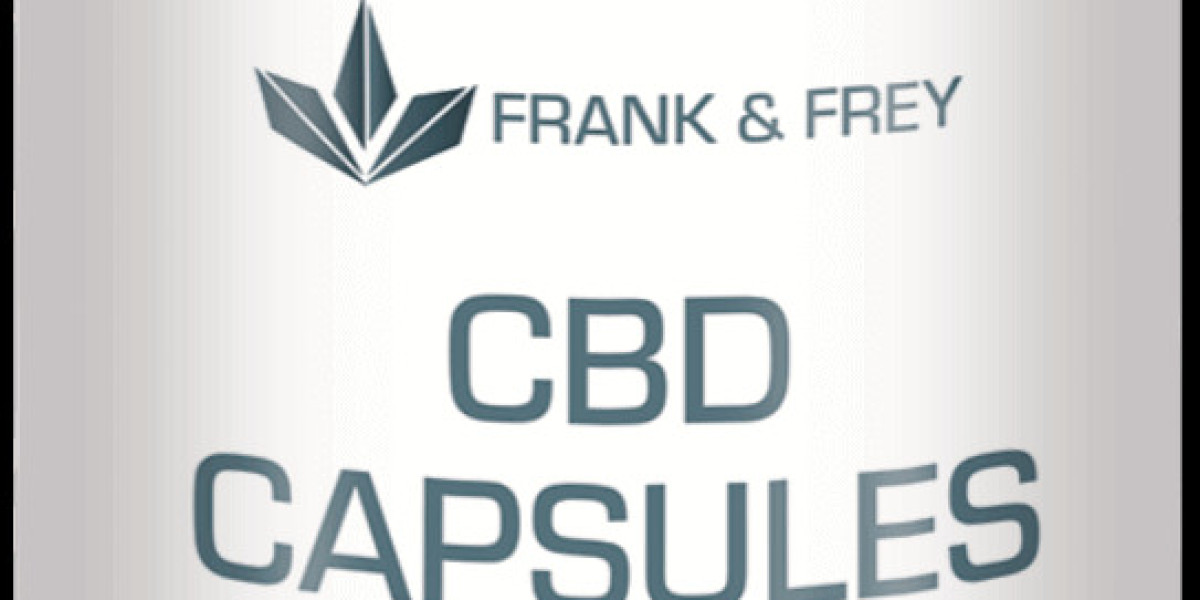The fintech industry in the United States is experiencing remarkable growth, with a strong trajectory that is expected to continue into the next decade. As of 2024, the United States fintech market reached a value of nearly USD 4.10 trillion, and it is projected to expand at a compound annual growth rate (CAGR) of 11.2% from 2025 to 2034. By 2034, the market is forecast to reach approximately USD 10.66 trillion. This substantial growth is driven by various factors, including technological advancements, increased adoption of digital finance, and evolving consumer preferences.
In this article, we will dive into the United States fintech market outlook, market share, dynamics, trends, opportunities, challenges, and key competitors in this burgeoning sector.
United States Fintech Market Outlook
The United States fintech market is one of the largest and most influential markets in the global fintech landscape. Fintech, or financial technology, refers to the use of technology to provide innovative financial services, including banking, payments, lending, insurance, and wealth management. The rapid digitalization of financial services, along with growing consumer demand for more accessible and user-friendly financial solutions, has created a robust market for fintech companies.
As of 2024, the U.S. fintech market is valued at nearly USD 4.10 trillion. This reflects a significant shift from traditional banking and finance systems towards more agile, technology-driven solutions. The market’s expansion is largely attributed to the increasing adoption of mobile banking, digital payments, peer-to-peer lending, robo-advisors, and blockchain technology.
Key drivers contributing to the growth of the U.S. fintech market include:
Technological Advancements: Innovations in artificial intelligence (AI), machine learning, and blockchain have paved the way for new financial products and services, making them more efficient and cost-effective.
Consumer Preferences: Consumers are increasingly seeking personalized and seamless digital experiences for managing their finances. This has led to the rise of digital wallets, mobile banking apps, and online payment platforms.
Regulatory Support: The U.S. government has been relatively supportive of fintech developments, creating a favorable regulatory environment that encourages innovation while ensuring consumer protection.
With a forecasted CAGR of 11.2% from 2025 to 2034, the U.S. fintech market is expected to reach a value of approximately USD 10.66 trillion by 2034. This growth is expected to be fueled by the continuing shift toward digital financial services, particularly in the areas of payments, lending, and insurance.
United States Fintech Market Share & Trends
The fintech market in the United States is highly fragmented, with numerous players operating in various sub-sectors. However, several key trends are shaping the market's evolution and market share:
Digital Payments: Dominating the Market
Digital payments have become one of the most dominant sectors in the U.S. fintech market. The widespread adoption of smartphones, contactless payments, and e-commerce platforms has driven the demand for digital payment solutions. Key players like PayPal, Square, and Stripe have expanded their services to cater to both consumers and businesses, making payments faster and more secure.
By 2024, the digital payments sector is expected to account for a substantial portion of the U.S. fintech market. Mobile payment apps, digital wallets, and peer-to-peer payment systems are all contributing to the growth of this segment.
Lending and Credit Services: The Rise of Peer-to-Peer Lending
Peer-to-peer (P2P) lending and digital lending platforms are growing in popularity. Companies like LendingClub, Prosper, and Upstart are enabling individuals and small businesses to access loans quickly and efficiently without going through traditional banks. These platforms leverage algorithms and data analytics to assess creditworthiness, streamlining the lending process and reducing the need for physical bank visits.
With fintech’s role in democratizing access to credit, the lending segment continues to expand, providing more opportunities for underserved and unbanked populations to obtain financial support.
Wealth Management and Robo-Advisors: Making Investing More Accessible
Wealth management has traditionally been a high-net-worth individual (HNWI)-focused sector, but fintech is reshaping this space. Robo-advisors, like Betterment and Wealthfront, offer automated, low-cost investment management solutions that cater to a broader consumer base. These services are growing rapidly, allowing millennials and Gen Z investors to build diversified portfolios with minimal fees.
This trend is expected to continue as consumers seek low-cost, transparent, and easy-to-use platforms for managing their investments.
Blockchain and Cryptocurrency: Transforming Financial Transactions
Blockchain technology and cryptocurrency have become integral parts of the fintech landscape. Cryptocurrencies, including Bitcoin, Ethereum, and a host of other altcoins, are gaining acceptance as alternative investment assets. Additionally, blockchain technology is being adopted to improve transparency, security, and efficiency in financial transactions.
Cryptocurrency exchanges and platforms, such as Coinbase and Binance, are leading the charge in providing users with access to digital assets and blockchain-based financial services. As regulatory clarity around cryptocurrencies evolves, this sector is expected to witness significant growth.
Get a Free Sample Report with Table of Contents:
https://www.expertmarketresearch.com/reports/united-states-fintech-market/requestsample
United States Fintech Market Dynamics & Trends
Technological Innovation: A Core Driver of Growth
Innovation is at the heart of the U.S. fintech market. Financial technology companies are constantly looking for new ways to enhance their offerings by integrating technologies like AI, big data analytics, machine learning, and blockchain into their services. These innovations help improve efficiency, reduce costs, and create more personalized experiences for consumers.
The rise of AI in areas like credit scoring, fraud detection, and customer support is particularly noteworthy. AI algorithms can analyze vast amounts of data to assess credit risk, detect suspicious activity, and provide tailored financial advice.
Regulatory Environment: Balancing Innovation with Consumer Protection
The regulatory environment is another crucial dynamic that shapes the fintech market. In the United States, federal and state regulators have been working to create frameworks that encourage fintech innovation while protecting consumers from fraud and ensuring data privacy. The regulatory approach varies by state, with some states being more proactive in supporting fintech innovation through regulatory sandboxes.
The U.S. government is also focused on tackling issues like cybersecurity, data protection, and financial inclusion, ensuring that fintech companies comply with these regulations while fostering innovation.
Financial Inclusion: Bridging the Gap for Underserved Populations
Fintech has the potential to address financial inclusion issues in the United States. With nearly 7% of the U.S. population remaining unbanked or underbanked, fintech companies are playing a pivotal role in providing financial services to these individuals. Digital wallets, P2P lending, and mobile banking apps are helping people who don’t have access to traditional banking services to manage their finances.
United States Fintech Market Opportunities and Challenges
Opportunities
Expansion into Underserved Markets: Fintech companies have a unique opportunity to serve the millions of Americans who are either unbanked or underbanked. By offering alternative financial products such as digital wallets, P2P lending, and microloans, fintech can provide essential financial services to these individuals.
International Expansion: While the U.S. fintech market is already substantial, companies can also tap into international markets. Many fintech players are already expanding globally, capitalizing on the growing demand for digital financial services in regions like Asia Pacific, Latin America, and Africa.
Innovative Financial Products: As consumer preferences continue to evolve, there is an opportunity for fintech companies to introduce new financial products, such as sustainable investing platforms and personalized insurance solutions.
Challenges
Regulatory Uncertainty: While regulators have been supportive of fintech innovation, regulatory uncertainty remains a challenge. As the fintech landscape evolves, so too do the regulatory challenges. Fintech companies must stay agile and adapt to changing regulations to remain compliant.
Cybersecurity Risks: With the rise of digital financial services comes an increased risk of cyberattacks. Fintech companies must invest heavily in cybersecurity to protect sensitive consumer data and maintain trust.
Competition: The U.S. fintech market is highly competitive, with both startups and established players vying for market share. Fintech companies need to differentiate themselves through innovation, customer service, and strategic partnerships.
Competitor Analysis
The U.S. fintech market is home to numerous prominent players, both large and small. Here are some of the top competitors in key sectors of the market:
Square, Inc.: A leader in digital payment solutions for small businesses, Square provides point-of-sale systems, mobile payments, and financial services such as loans through Square Capital.
Stripe, Inc.: A global payment processor offering a suite of solutions for businesses to manage online payments, subscriptions, and invoicing, serving large companies like Amazon and Shopify.
Robinhood Markets, Inc.: A commission-free trading platform that has democratized access to stock trading, options, and cryptocurrencies, catering to retail investors.
Coinbase Global, Inc.: A leading cryptocurrency exchange platform that allows users to buy, sell, and store digital assets like Bitcoin, Ethereum, and more, with a focus on user-friendly services.
Others: This category includes various fintech startups and established players offering diverse services across payments, lending, insurance, and investment solutions. Examples include PayPal, LendingClub, and SoFi.
Explore our trending Blogs & Reports:
Biggest Construction Companies:
https://www.expertmarketresearch.com/articles/top-construction-companies
Media Contact:
Company Name: Claight Corporation
Contact Person: James Jon, Business Consultant
Email: sales@expertmarketresearch.com
Toll Free Number: US +1-415-325-5166 | UK +44-702-402-5790
Address: 30 North Gould Street, Sheridan, WY 82801, USA
Website: www.expertmarketresearch.com








